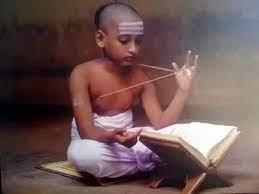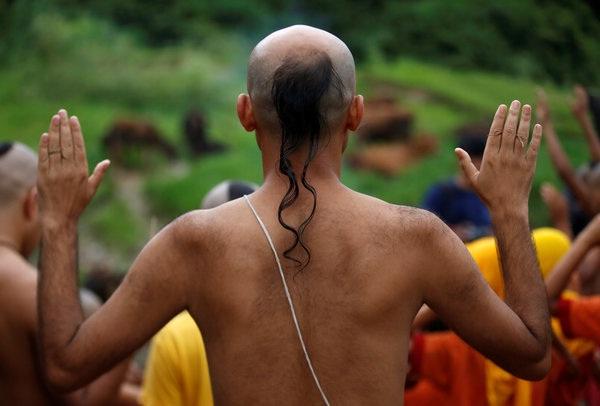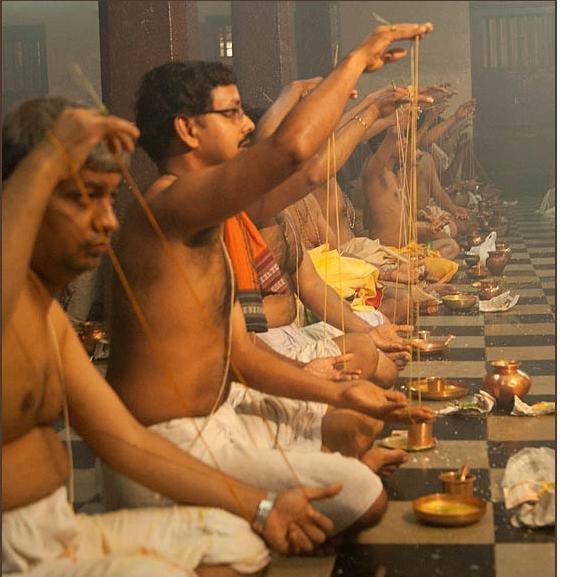- This topic has 0 replies, 1 voice, and was last updated by .
-
AuthorPosts
-
August 18, 2023 at 12:15 am #1368Up::1
The Janeu is not just a physical thread; it’s a thread that weaves together the past, present, and future of Brahmin culture. It represents the values of duty, community involvement, and spiritual growth. The Janeu ceremony is a testament to the enduring strength of tradition, spirituality, and the ties that attach communities together even as modern society continues to change.

The Janeu acts as a regular reminder of the moral values suggested in Brahmins. It represents their dedication to honesty, virtue, and self-control. The daily practise of changing the sacred thread cultivates mindfulness, serves as a reminder of the wearer’s relationship to the God, and serves as a reminder of their obligation to maintain Dharma (righteousness).

For young Brahmin boys, the Janeu ceremony (also known as the “Upanayana” or “Yagnopavita” ceremony) is a essential phase in their development. It usually takes place between the ages of 7 and 16, showing the start of their formal education and spiritual growth. The Gayatri Mantra, a powerful Vedic chant, is given to the boy by his guru during this ceremony, and the boy receives the sacred thread. This mantra is more than just a string of sounds; it has deep symbolic meaning and calls on the wisdom of God, directing the initiate towards righteous living.

Family, elders, and other Brahmin community members often join in during the ceremony, signifying the responsibility we all share for raising the next generation and passing on our sacred knowledge and traditions. The Janeu ceremony is a reminder of how durable cultural heritage is as well as the bonds that unite generations.
Every Bhramin Should remember the following after Janeu Dharan-
1. One should not visit Graves, or touch dead bodies while wearing the Holy Thread on the body. It does not mean that we should remove and touch dead and visit graveyards.
2. The person wearing the Holy Thread must not eat meat or eggs or any non vegetarian food.
3. The person wearing Holy Thread also must wear Tilakam or kumkum and Vibhuthi on the forehead.
Src- The Symbolism of Upanayanam Vol-2
Attachments:
You must be logged in to view attached files. -
AuthorPosts
- You must be logged in to reply to this topic.